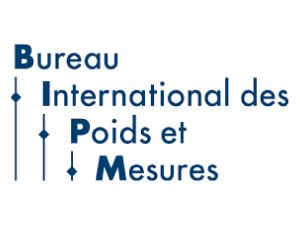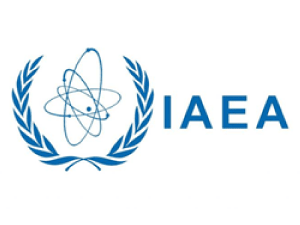
Within the technical activities of the EMPIR project 17RT01 DOSEtrace ˝Research capabilities for radiation protection dosimeters˝ in 2021., the Laboratory for Radiation Measurements of the Institute of Nuclear Sciences "Vinča" and the Laboratory for Ionizing Radiation of the Institute of Metrology conducted research on the influence of the spectrum of reference radiation fields on the calibration of dosimeters used in the radiation protection field. The results of the comparison for dosimeters of a different quality that were calibrated under reference conditions in 137Cs and N-series X-ray beams are presented in the paper "Comparison of calibration factors for operational dosimeters" which has been published in the scientific journal Nuclear Technology&Radiation Protection (https://ntrp.vinca.rs/2022_2/Zivanovic2022_2.html).
The goal of this work was to investigate the viability of using field-class dosimeters for official comparisons and to determine if the calibration factors for field-class dosimeters are comparable between calibration laboratories within the stated measurement uncertainties.
The results of the comparison were acceptable for high-quality electronic personal dosimeters in all radiation qualities, and such dosimeters could be used as transfer instruments. On the other hand, comparison results for low-quality dosimeters were in most cases unacceptable. In this paper, it was considered that a dosimeter is of high quality if it meets the requirements of the relevant IEC standard for the examined property and that it is of low quality in case it does not meet the requirements.
Comparison results for low-quality dosimeters were often not acceptable, either due to pronounced energy dependence, low stability, or both. Such instruments are unreliable even under well-defined laboratory conditions, and their use in routine measurements may cause doubt in official data, could cause large differences in the calibration factors determined in different calibration laboratories, and, consequently, may have implications for testing or verifying the dosimeter. Also, this problem is often hidden due to the fact that many dosimeters are calibrated or verified only in 137Cs gamma beams, where the deviations are the smallest. The largest differences are found for low-energy X-ray radiation qualities, where many dosimeters have significant overresponses.
This research opened additional questions related to some very important data that are missing in operational dosimetry measurements. For example, there is not much data on the long-term stability of field-class dosimeters, then another question is the uncertainty budget for measurements using field-class dosimeters in different scenarios, including known and unknown radiation sources, and other similar issues that need to be solved systematically. Accordingly, a future study is planned to address and analyze the issues that arose during the work presented in this paper.








